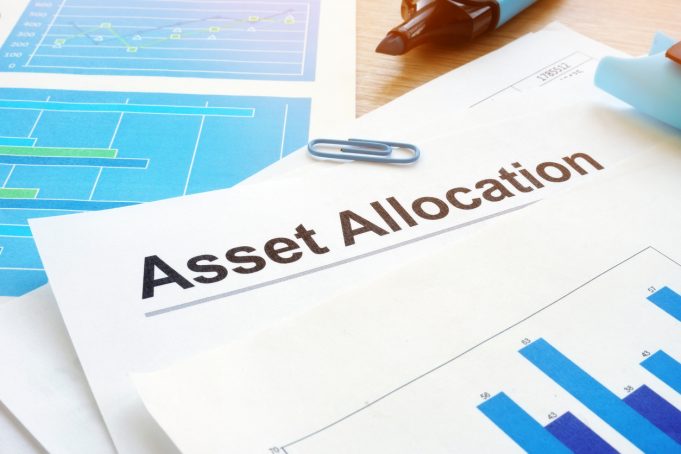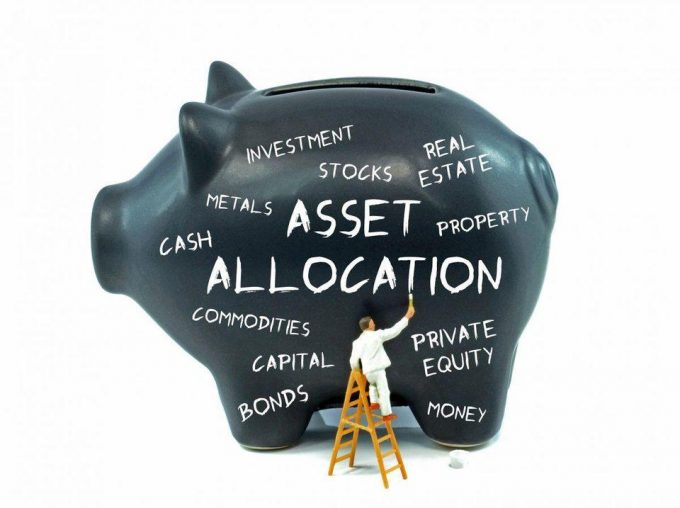Saving for your retirement is one of the most important financial decisions you have to make throughout your working life. When you’re young, it can feel far off, but you’re going to need that time to grow your retirement savings. The amount of money you need for your retirement depends on what your living expenses are like, where you live, and many other factors, but advisors suggest your investments should net you anywhere from 70 -100% of your preretirement income, especially if you plan on traveling in the early part of your retirement.
When you’re young, you’re encouraged to be more aggressive about growing your nest egg. As you get closer to retirement, hopefully your investments have grown significantly and now it’s time to shift into a more stable, reliable portfolio. The ideal retirement portfolio in retirement will:
- Generate income through rents or dividends
- Be safe from market volatility
- Be able to anticipate longer life expectancies
As you retire, the conventional wisdom is that you should move more of your money from stocks and into bonds. Stocks are risky and a market crash can see your savings lose much of their value, while you don’t have time to watch them recover.
With bond returns shrinking, it may be time to rethink traditional asset allocation strategies that split your wealth between stocks and bonds, with higher percentages going into bonds as you age. All investments carry some risk, but these are some alternative “safe” investments you should consider when you’re re-balancing your portfolio in retirement:
1) High-Interest Savings Accounts
Cash is relatively safe, with the biggest risk being inflation. If you can find a high-interest savings account that can offer you interest rates that are better than inflation, it can be a safe and productive place to put your emergency fund. However, these accounts are getting harder and harder to find.
2) Money Market Accounts
Similar to a savings account, a money market account tend to pay higher interest, require a minimum deposit, and limit the number of withdrawals you can make per month. They’re less liquid than a typical savings account, but they’re a way of investing with FDIC insurance.

3) Gold and Silver
With life expectancies growing longer and longer, you should be extending your retirement savings plan. Precious metals can help you plan for the long-term. Gold and silver are both effective inflation hedges, and have vastly out-performed inflation-adjusted currency. If you invested $100 in gold in 1970, it would now be worth approximately $3,300, while $100 adjusted for inflation would be $655.
You will also thank yourself for owning gold and silver when stock markets take a dive. Precious metals perform well when the markets are under duress. You can protect yourself from market volatility by investing in gold and silver. You can click here to learn more about buying silver and gold as part of your retirement savings like an IRA.
4) Real Estate
Owning rental property is one of the best ways to generate income safely and everyone should consider real estate as part of their retirement investments. If buying rental property is out of your reach or feels too risky for your portfolio, downsizing and renting out your current home can provide a valuable income stream. You may even consider renting after you downsize, allowing someone else to take care of the repairs.

There are many strategies beyond low-interest bonds when you retire. Rethink your retirement portfolio and try new ideas in asset allocation.










